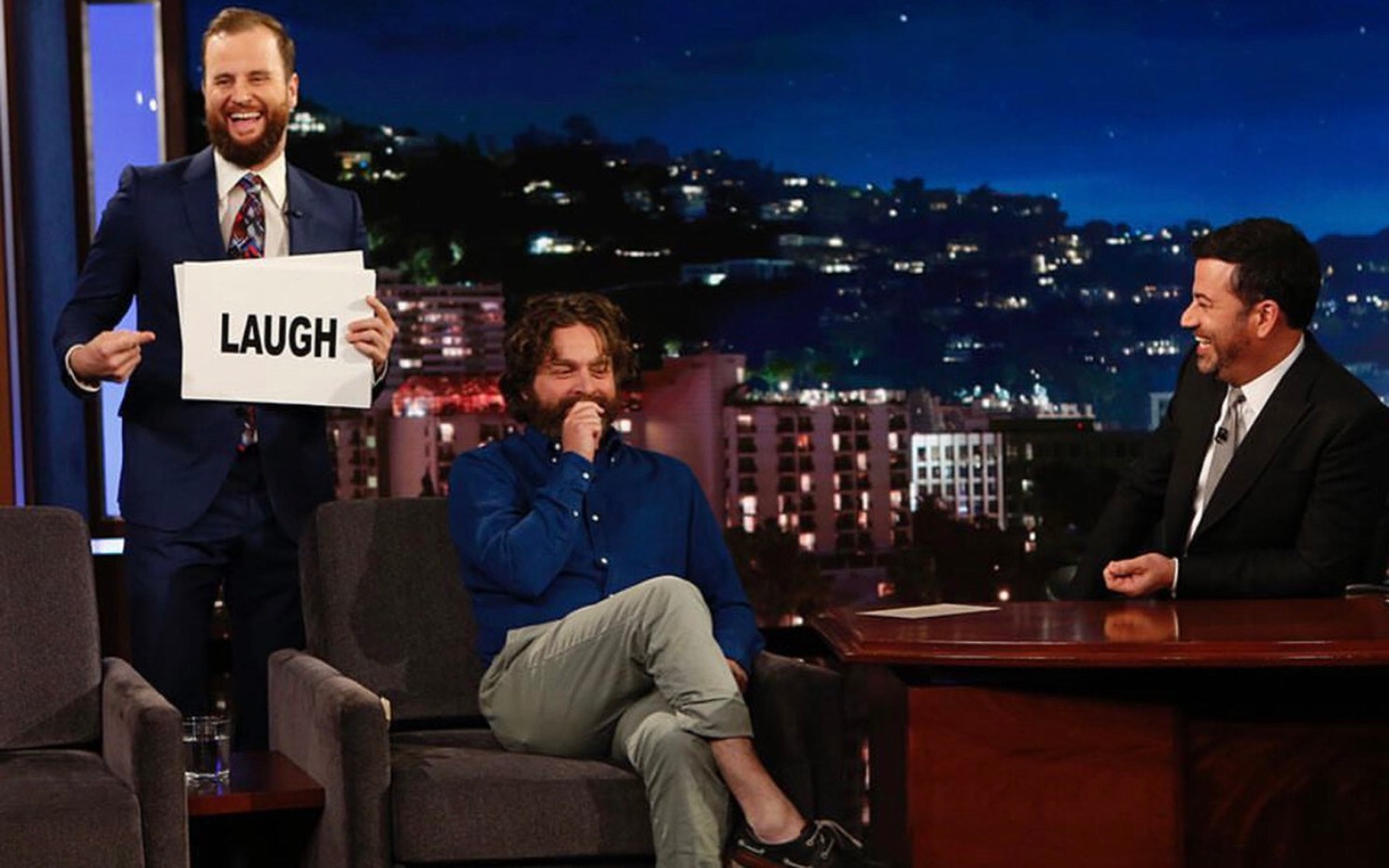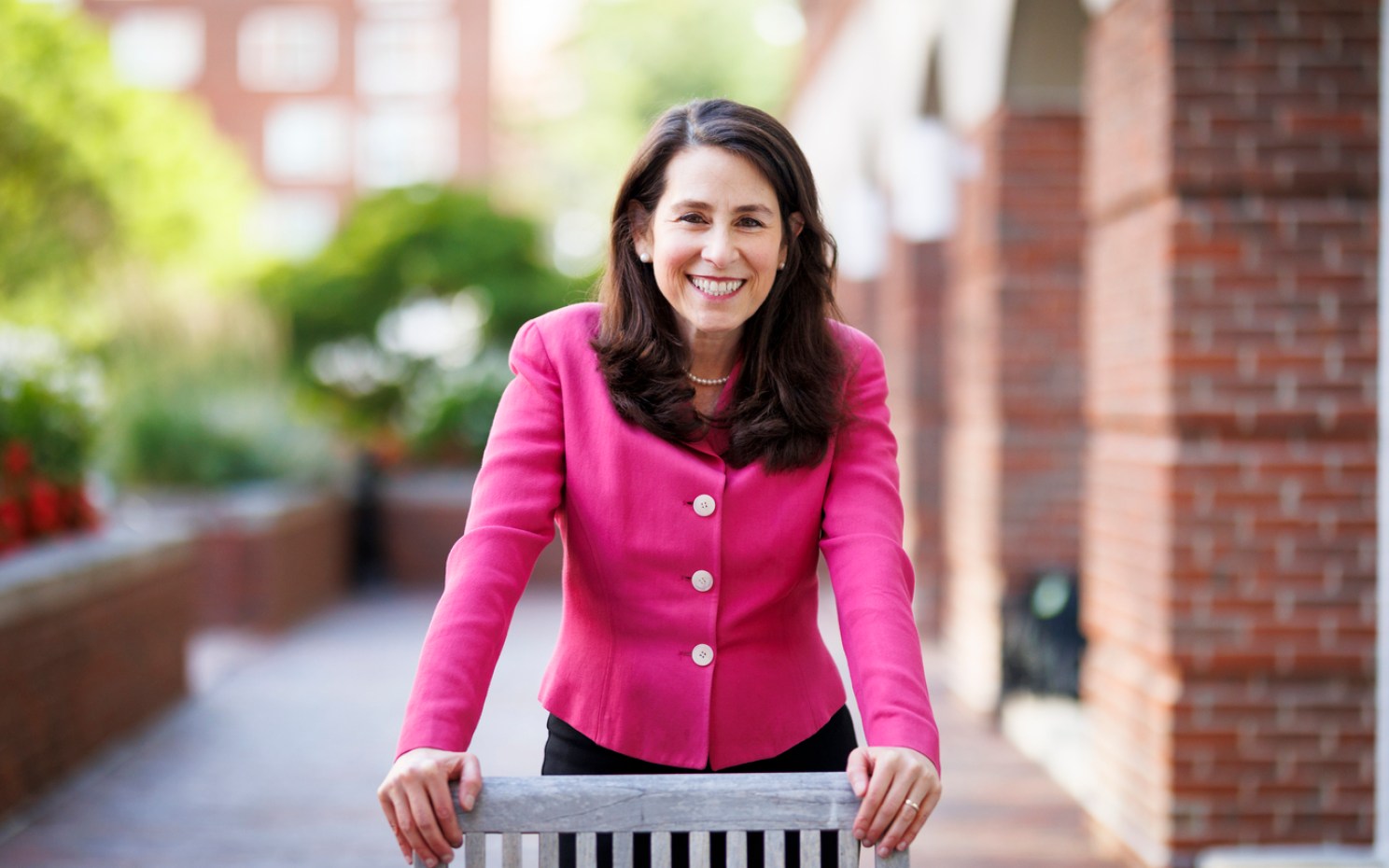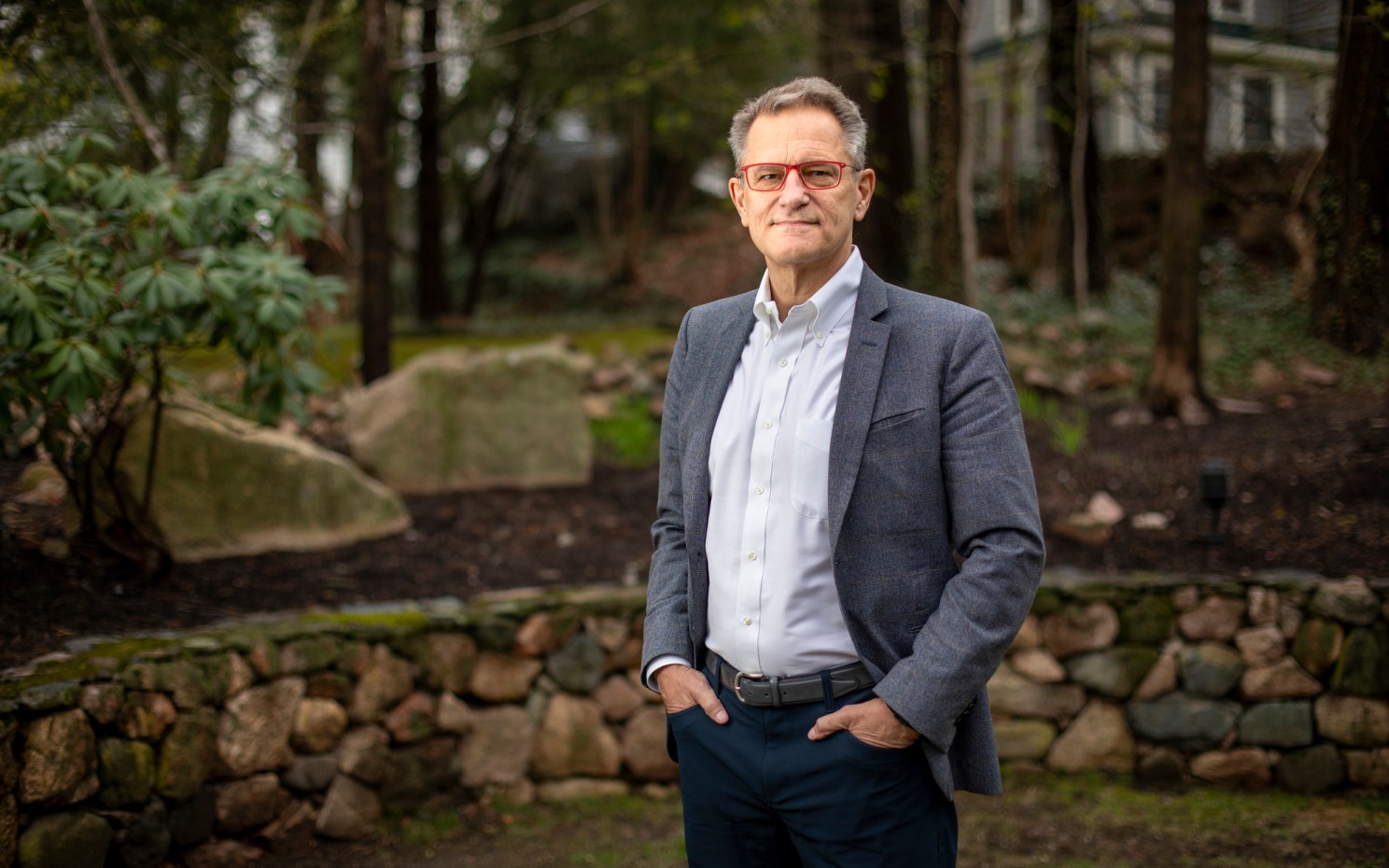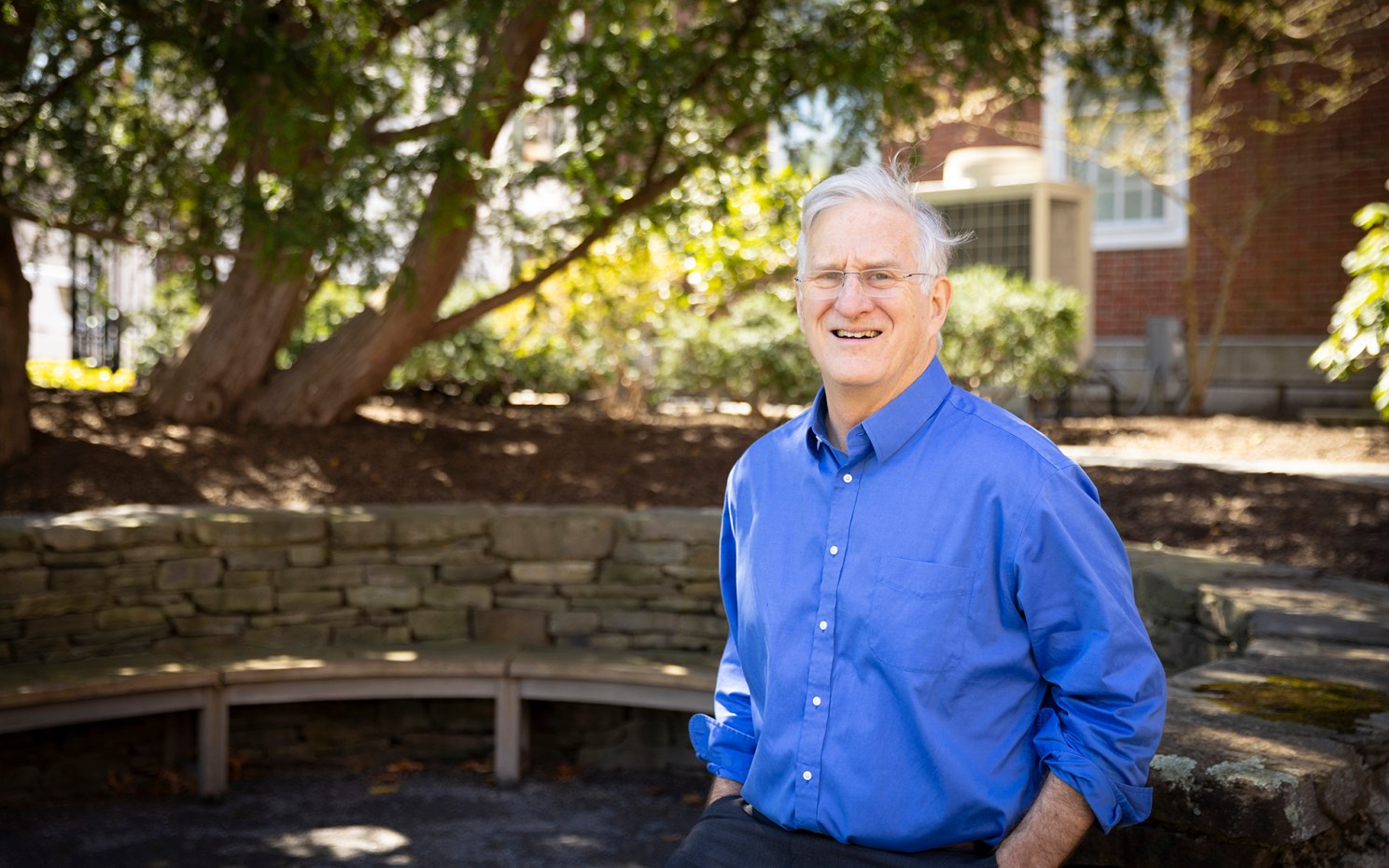A series exploring how risk shapes our decisions.
When Anil Menon launches into space aboard a Russian Soyuz rocket next June, he’ll bring two decades of experience as a physician, engineer, military pilot, and NASA flight surgeon — and a highly personal understanding of risk.
“I would take on the risk to do this thing because I think there’s an element of just pure inspiration to it,” said Menon ’99. “I do think, ultimately, the human spirit is uplifted by pushing forward in areas, whether it’s developing something like Apple products, or going to space, or pushing forward research and medicine. All these things are super important.”
Menon’s career has been a series of risks. After graduating from Harvard, he earned a master’s degree in mechanical engineering from Stanford University and a medical degree from Stanford Medical School. He joined the California Air National Guard during his residency in emergency medicine, later deploying to Afghanistan. He went on to pursue a residency in aerospace medicine at University of Texas Medical Branch-Galveston, deploying twice with the Air Force critical care air transport team to treat and transport wounded troops. In 2014, he started as a NASA flight surgeon, supporting long-duration crew members aboard the International Space Station.
Working on the ground to support astronauts aboard the ISS inspired Menon to take yet another leap. In 2022, he reported for training as a NASA astronaut. Two years of preparation followed: learning to fly the supersonic T-38 jet, studying Russian, and simulating spacewalks in underwater environments. His first expedition next year will have him conducting research on the space station for eight months.
“We have this chance to do something together — as ground controllers, NASA, the whole space flight community, commercial companies — that’s just impossible when you think about it: putting someone into this harsh environment, getting them out of Earth’s gravity, staying up there and living up there.”
As his flight date approaches, he’s feeling pretty calm about it all. “Warren Buffett has this quote, ‘Risk comes from not knowing what you’re doing.’ I think we try to understand everything we’re doing, take all the steps to prepare for space walks or launching to space, so that risk is minimized to the greatest extent possible. I’m OK with that.”
“You can’t get to space with zero risk. So where is that line?”
Around the same time Menon was approved to join the NASA program, his wife was facing a risky decision of her own. Anna Menon, an engineer, was offered the opportunity to fly on Polaris Dawn, the private spaceflight operated by SpaceX. The flight would go farther afield than any humans had gone since NASA’s Apollo program and would include novel technologies, including intersatellite laser communication links and spacesuits for work outside the capsule.
“That’s where I think this inspiration element came in,” he said. “It was important to us to follow these kinds of passions, to show that to our kids, to take on challenges, and be who we ultimately are in our hearts.”
Polaris Dawn launched on Sept. 10, 2024, and flew in an elliptical orbit roughly 870 miles away from Earth before landing safely in the Gulf of Mexico just under five days later. Anna Menon and fellow astronaut Sarah Gillis made history by flying farther from Earth than any women before them. (Another woman, Peggy Whitson, holds the record for most cumulative days in space, with 675 across multiple missions.)
It was transformative for Anna Menon to go through something challenging, her husband said, despite — or perhaps because of — the risks. He believes the spaceflight community will need to accept more risk as commercial flight expands.
Traditionally the approach is conservative. Screen rigorously, allow only the healthiest candidates to fly, and minimize every possible risk. Prospective astronauts are tested for everything from fasting blood glucose to color vision to bone mineral density; they must pass a physical fitness test and psychological exam.
But as more civilians go to space, new questions about health and risk are starting to arise. In 2021, the actor William Shatner became the oldest person to reach space at the age of 90. That same year, 29-year-old physician assistant Hayley Arceneaux, a bone cancer survivor, was the first person in space with a prosthetic leg. “We didn’t know anything about flying that type of condition to space,” Menon said.
“We’re shifting to saying, ‘Where is that limit of, you absolutely would be in a life-threatening condition if you went to space, like your probability is just so high that it’s unreasonable to fly there?’” Menon said. “I wonder if an informed person who’s OK with the gray area you’re going to have around the margins of your confidence interval, should be allowed to, knowingly and with full awareness, take on higher levels of risk.”
He added, “You can’t get to Mars, you can’t even get to the moon with zero risk. You can’t get to space with zero risk. So where is that line?”
Source link



